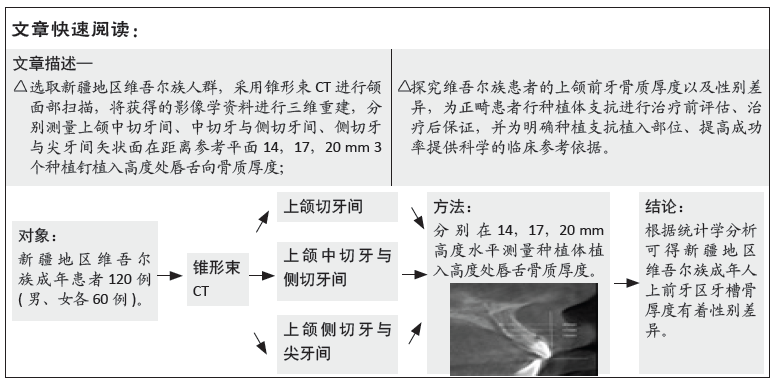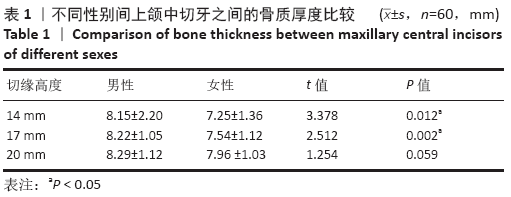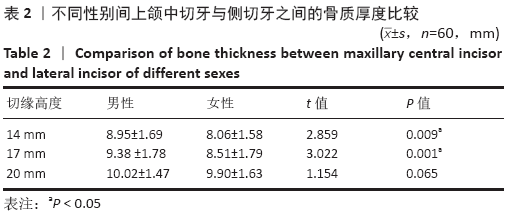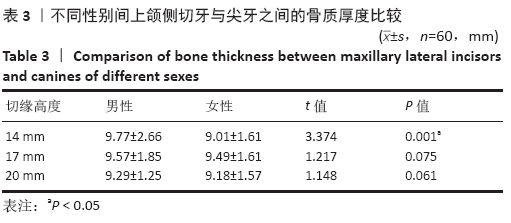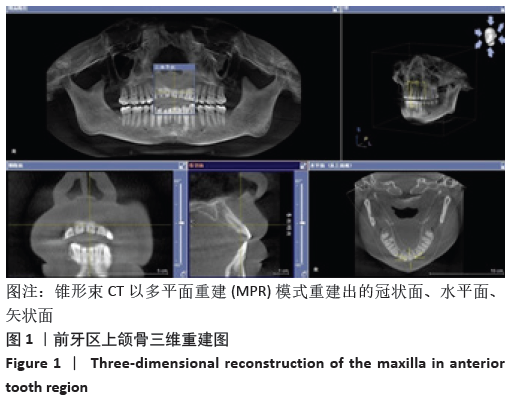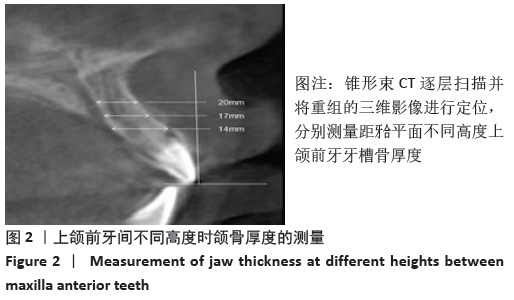[1] SUGII MM, BARRETO BCF, FRANCISCO VIEIRA-JÚNIOR W, et al. Extruded upper first molar intrusion: Comparison between unilateral and bilateral miniscrew anchorage. Dental Press J Orthod. 2018;23(1):63-70.
[2] LIN SY, MIMI Y, TAK CM, et al. A study of success rate of miniscrew implants as temporary anchorage devices in singapore. Int J Dent. 2015;2015:294670.
[3] ANTOSZEWSKA J, PAPADOPOULOS MA, PARK HS, et al. Five-year experience with orthodontic miniscrew implants: a retrospective investigation of factors influencing success rates. Am J Orthod Dentofacial Orthop. 2009;136(2):158.e1-10.
[4] BAUMGAERTEL S, JONES CL, UNAL M. Miniscrew biomechanics: Guidelines for the use of rigid indirect anchorage mechanics. Am J Orthod Dentofacial Orthop. 2017;152(3):413-419.
[5] ALRBATA RH, YU W, KYUNG HM. Biomechanical effectiveness of cortical bone thickness on orthodontic microimplant stability: an evaluation based on the load share between cortical and cancellous bone. Am J Orthod Dentofacial Orthop. 2014;146(2):175-182.
[6] ISODA K, AYUKAWA Y, TSUKIYAMA Y, et al. Relationship between the bone density estimated by cone-beam computed tomography and the primary stability of dental implants. Clin Oral Implants Res. 2012;23(7):832-836.
[7] RAO JB, TATUSKAR P, PULLA A, et al. Radiographic Assessment of Anatomy of Nasopalatine Canal for Dental Implant Placement: A Cone Beam Computed Tomographic Study. J Contemp Dent Pract. 2018;19(3):301-305.
[8] 薛美荣,都冰丽,荆璇,等.成人Ⅱ类骨面型上颌骨后牙区骨皮质厚度和安全性的锥形束 CT研究[J].口腔医学研究,2018,34(6):662-665.
[9] SCHULZE D, HEILAND M, THURMANN H, et al. Radiation exposure during midfacial imaging using 4- and 16-slice computed tomography, cone beam computed tomography systems and conventional radiography. Dentomaxillofac Radiol. 2004;33(2):83-86.
[10] LUDLOW JB, DAVIES-LUDLOW LE, BROOKS SL. Dosimetry of two extraoral direct digital imaging devices: NewTom cone beam CT and Orthophos Plus DS panoramic unit. Dentomaxillofac Radiol. 2003;32(4):229-234.
[11] LÓPEZ JORNET P, BOIX P, SANCHEZ PEREZ A, et al. Morphological Characterization of the Anterior Palatine Region Using Cone Beam Computed Tomography. Clin Implant Dent Relat Res. 2015;17 Suppl 2:e459-464.
[12] KIM SY, PARK YC, LEE KJ, et al. Assessment of changes in the nasal airway after nonsurgical miniscrew-assisted rapid maxillary expansion in young adults. Angle Orthod. 2018;88(4):435-441.
[13] ALHARBI F, ALMUZIAN M, BEARN D. Anchorage effectiveness of orthodontic miniscrews compared to headgear and transpalatal arches: a systematic review and meta-analysis. Acta Odontol Scand. 2019;77(2):88-98.
[14] LEE J, JEONG YH, PITTMAN J, et al. Primary stability and viscoelastic displacement of mini-implant system under loading. Clin Biomech (Bristol, Avon). 2017;41:28-33.
[15] RADWAN ES, MONTASSER MA, MAHER A. Influence of geometric design characteristics on primary stability of orthodontic miniscrews. J Orofac Orthop. 2018;79(3):191-203.
[16] MIGLIORATI M, DRAGO S, DALESSANDRI D, et al. On the stability efficiency of anchorage self-tapping screws: Ex vivo experiments on miniscrew implants used in orthodontics. J Mech Behav Biomed Mater. 2018;81:46-51.
[17] TEPEDINO M, MASEDU F, CHIMENTI C. Comparative evaluation of insertion torque and mechanical stability for self-tapping and self-drilling orthodontic miniscrews - an in vitro study. Head Face Med. 2017;13(1):10.
[18] SUTEERAPONGPUN P, WATTANACHAI T, JANHOM A, et al. Quantitative evaluation of palatal bone thickness in patients with normal and open vertical skeletal configurations using cone-beam computed tomography. Imaging Sci Dent. 2018;48(1):51-57.
[19] SUZUKI M, OMINE Y, SHIMOO Y, et al. Regional Anatomical Observation of Morphology of Greater Palatine Canal and Surrounding Structures. Bull Tokyo Dent Coll. 2016;57(4):223-231.
[20] SEIFI M, MATINI NS. Evaluation of primary stability of innovated orthodontic miniscrew system (STS): An ex-vivo study. J Clin Exp Dent. 2016;8(3):e255-259.
[21] LIANG X, JACOBS R, MARTENS W, et al. Macro- and micro-anatomical, histological and computed tomography scan characterization of the nasopalatine canal. J Clin Periodontol. 2009;36(7):598-603.
[22] IWANAGA J, TUBBS RS. Palatal Injection does not Block the Superior Alveolar Nerve Trunks: Correcting an Error Regarding the Innervation of the Maxillary Teeth. Cureus. 2018;10(1):e2120.
[23] SEKERCI AE, BUYUK SK, CANTEKIN K. Cone-beam computed tomographic analysis of the morphological characterization of the nasopalatine canal in a pediatric population. Surg Radiol Anat. 2014;36(9):925-932.
[24] ETOZ M, SISMAN Y. Evaluation of the nasopalatine canal and variations with cone-beam computed tomography. Surg Radiol Anat. 2014;36(8):805-812.
[25] 阮晓慧,颜莉,吴佩玲,等.11~16岁维、汉民族骨性II类不同垂直骨面型切牙区牙槽骨结构的对比[J].广东医学,2016,37(19):2909-2911.
[26] JIN SH, PARK JB, KIM N, et al. The thickness of alveolar bone at the maxillary canine and premolar teeth in normal occlusion. J Periodontal Implant Sci. 2012;42(5):173-178.
[27] 李佳珊,陶玉飞,萧文彦,等.上下颌前牙区三维牙槽骨厚度的锥形束CT分析[J].口腔医学研究,2018,34(4):397-400.
[28] BONANGI R, KAMATH G, SRIVATHSA HS, et al. Utility of CBCT for the measurement of palatal bone thickness. J Stomatol Oral Maxillofac Surg. 2018;119(3):196-198.
[29] 许远,赵春洋.上颌中切牙间颌骨解剖形态的CBCT测量分析[J].口腔生物医学,2015,6(4):215-217.
|
